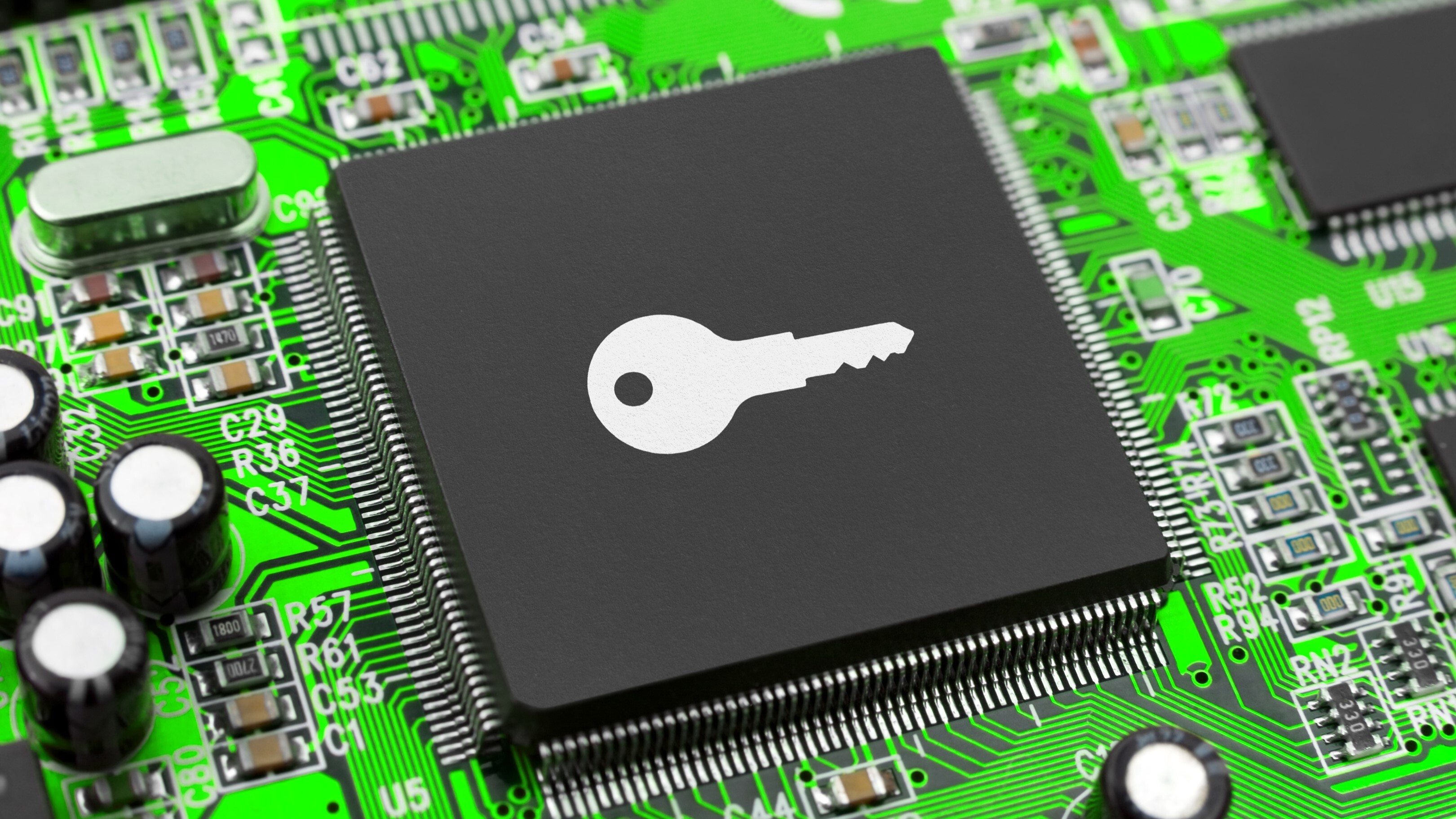The actual problem is (and has been for a long time) the enormous amount of absolute trash-level uefi implementations.
Updating keys is easy. Alas… a lot of them are completely broken beyond repair and fail everything but running with the pre-installed keys, which includes updating (or adding new) keys (bonus points for the really screwed up devices that even sign some their own hardware with the pre-installed MS keys thus bricking themselves if those keys are changed).
manufacturers could add support for the new key by updating the KEK database
Oh right, the KEK database. They are literally trolling us aren’t they.
Not if you disable it, “secure boot” is a joke anyway.
I mean, Secure Boot does actually help defend against evil maid attacks if paired with FDE. Someone can’t just fuck with your
/boot(CVE-2016-4484 nonwithstanding) to do naughty things with your system if you have Secure Boot enabled. Does that fit with most people’s threat model? I dunno, probably not. It does actually do something useful though.My work computer has it enabled and I feel better for it. The issue described in the article is easily dealt with if you just keep up with your firmware updates using
fwupd.Just so I have this right, fwupd will update the firmware with the new keys. Just fuzz on if you have to create a new secure-boot key yourself?
not a problem






